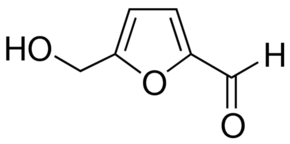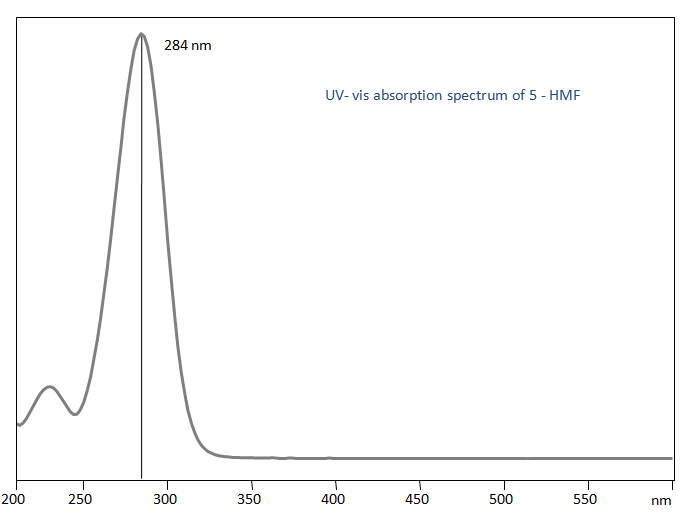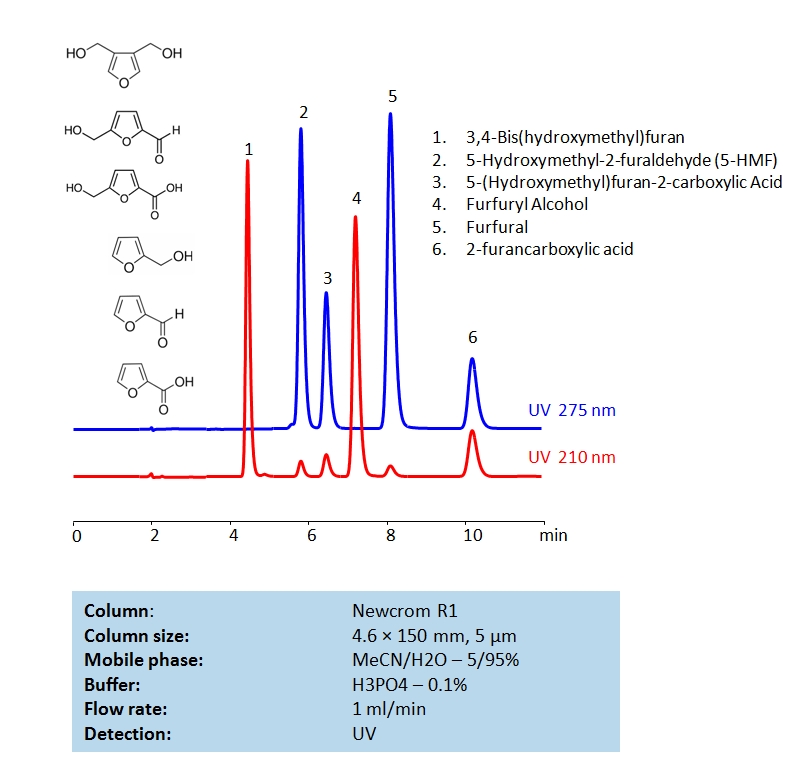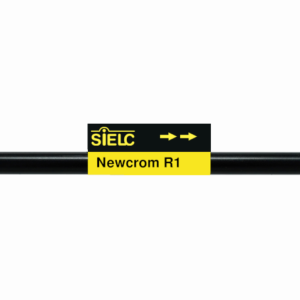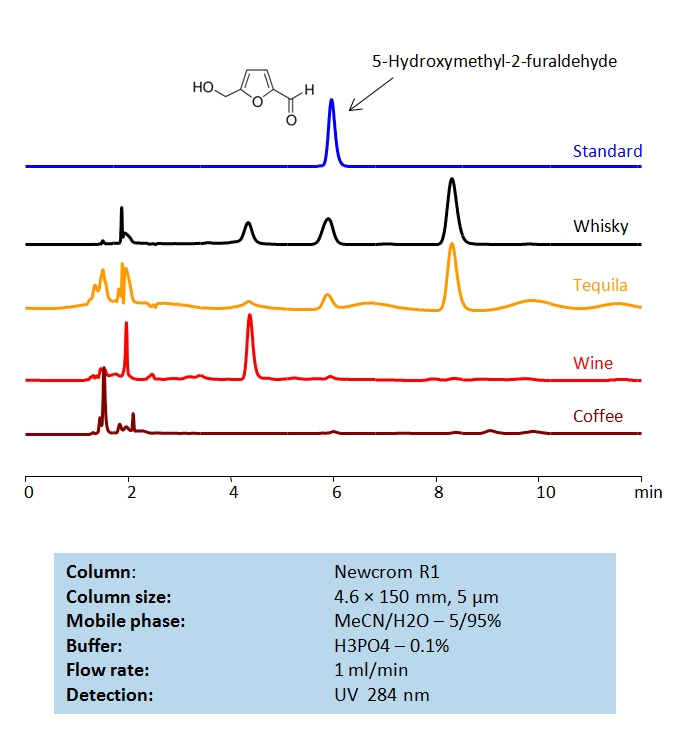| CAS Number | 67-47-0 |
|---|---|
| Molecular Formula | C6H6O3 |
| Molecular Weight | 126.11 |
| InChI Key | NOEGNKMFWQHSLB-UHFFFAOYSA-N |
| LogP | -0.6 |
| Synonyms |
|
Applications:
HPLC Method for Substituted Furans Separation on Newcrom R1 column
February 10, 2021
HPLC Method for 5-Hydroxymethyl-2-furaldehyde (5-HMF), Furfuryl alcohol, Furfural, 2-Furancarboxylic acid, 3,4-Bis(hydroxymethyl)furan, 5-Hydroxymethyl-2-furancarboxylic acid on Newcrom R1 by SIELC Technologies
High Performance Liquid Chromatography (HPLC) Method for Analysis of 5-Hydroxymethyl-2-furaldehyde (5-HMF), Furfuryl alcohol, Furfural, 2-Furancarboxylic acid, 3,4-Bis(hydroxymethyl)furan, 5-Hydroxymethyl-2-furancarboxylic acid.
Furan is a chemical contaminant that forms in some foods during traditional heat treatment techniques, such as cooking, jarring, and canning.
5-Hydroxymethyl-2-furaldehyde (5-HMF), also known as Hydroxymethylfurfural, is an organic compound with the chemical formula C6H6O3. It can form in sugar-containing food when heated. Due to being considered a potential carcinogen, much research has gone into it’s formation.
Furfuryl alcohol is a trapping agent with the chemical formula C5H6O2. It is used to synthesize ethyl levulinate, prepare collodial microporous carbon spheres, and as a starting material to prepare cyclopentanone.
Furfural is an organic compound with the chemical formula C5H4O2. IT is found primarily in cooked or heated coffee and whole grain bread. It is used as a renewable chemical feedstock, which can be converted into a variety of useful chemicals.
2-Furancarboxylic acid is an organic compound with the chemical formula C5H4O3. It is used primarily in the production of furoate esters, some of which are drugs and pesticides. As a flavoring, it is used for it’s sweet, oily, and earthly flavor.
5-Hydroxymethyl-2-furaldehyde (5-HMF), Furfuryl alcohol, Furfural, 2-Furancarboxylic acid, 3,4-Bis(hydroxymethyl)furan, 5-Hydroxymethyl-2-furancarboxylic acid can be retained and separated in HPLC using Newcrom R1 reverse-phase column. The analytical method’s mobile phase consists of a gradient of acetonitrile (ACN) in water with phosphoric acid (H3PO4) buffer and using UV detection at 210 and 275 nm.
| Column | Newcrom R1, 4.6 x 150 mm, 5 µm, 100 A, dual ended |
| Mobile Phase | MeCN/H2O – 5/95% |
| Buffer | H3PO4 – 0.1% |
| Flow Rate | 1.0 ml/min |
| Detection | 210, 275 nm |
| Class of Compounds | Hydrophilic, Acid, Aldehyde |
| Analyzing Compounds | 5-Hydroxymethyl-2-furaldehyde (5-HMF), Furfuryl alcohol, Furfural, 2-Furancarboxylic acid, 3,4-Bis(hydroxymethyl)furan, 5-Hydroxymethyl-2-furancarboxylic acid |
Application Column
Newcrom R1
Column Diameter: 4.6 mm
Column Length: 150 mm
Particle Size: 5 µm
Pore Size: 100 A
Column options: dual ended
3,4-Bis(hydroxymethyl)furan
5-Hydroxymethyl-2-furaldehyde (5-HMF)
5-Hydroxymethyl-2-furancarboxylic acid
Furfural
Furfuryl alcohol

HPLC Determination of 5-Hydroxymethyl-2-furaldehyde (5-HMF) on Newcrom R1 Column by SIELC Technologies
January 29, 2021
HPLC Method for 5-Hydroxymethyl-2-furaldehyde (5-HMF) on Newcrom R1 by SIELC Technologies
High Performance Liquid Chromatography (HPLC) Method for Analysis of 5-Hydroxymethyl-2-furaldehyde (5-HMF).
5-Hydroxymethyl-2-furaldehyde (HMF), also known as 5-(Hydroxymethyl)furfural, is an organic compound derived from sugars and is of interest due to its potential as a platform chemical for biofuels and biochemicals.
HMF plays a notable role in the flavor and aroma development of whisky. Understanding its formation, impact, and concentration can provide insights into the aging process and overall quality of the whisky, contributing to the appreciation and enjoyment of this complex beverage.
Furan is a chemical contaminant that forms in some foods during traditional heat treatment techniques, such as cooking, jarring, and canning.
5-Hydroxymethyl-2-furaldehyde (5-HMF) can be retained and separated in HPLC using Newcrom R1 reverse-phase column. The analytical method’s mobile phase consists of a gradient of acetonitrile (ACN) in water with phosphoric acid (H3PO4) buffer and using UV detection at 210 and 275 nm.
| Column | Newcrom R1, 4.6 x 150 mm, 5 µm, 100 A, dual ended |
| Mobile Phase | MeCN/H2O – 5/95% |
| Buffer | H3PO4 – 0.1% |
| Flow Rate | 1.0 ml/min |
| Detection | 284 nm |
| Class of Compounds | Hydrophilic |
| Analyzing Compounds | 5-Hydroxymethyl-2-furaldehyde (5-HMF) |
Application Column
Newcrom R1
Column Diameter: 4.6 mm
Column Length: 150 mm
Particle Size: 5 µm
Pore Size: 100 A
Column options: dual ended

